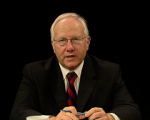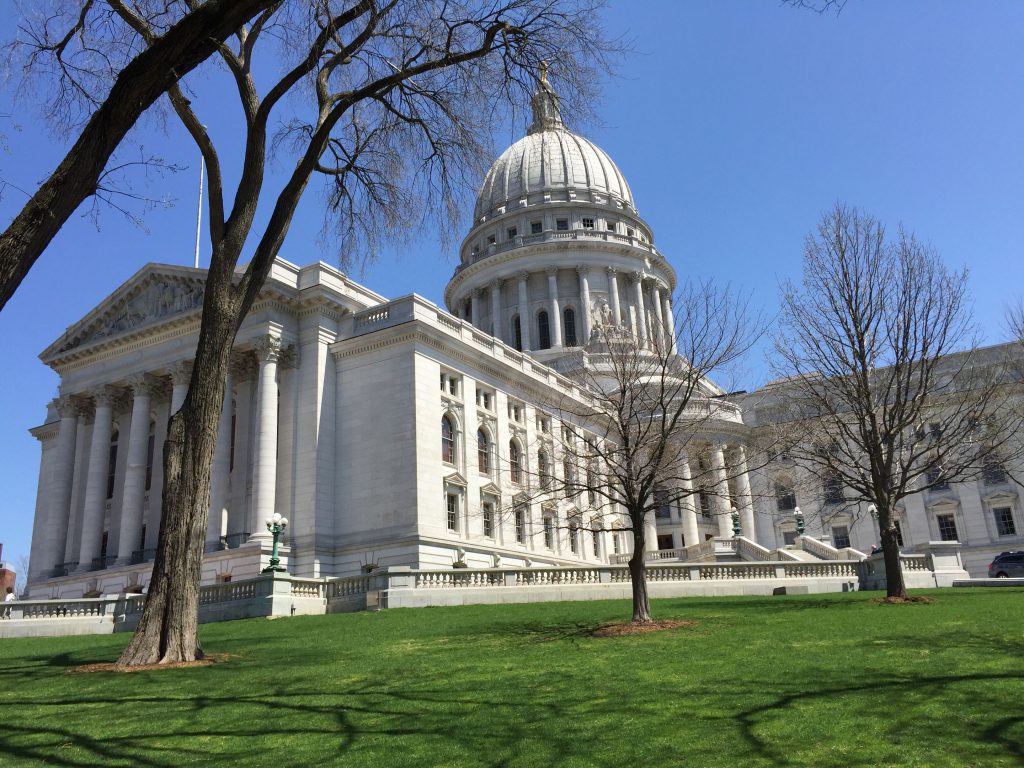Primaries Let Voters Pick Governor Candidates
How many candidates will run? The list looks long.
Once upon a time in Wisconsin – in the fall of 2018 – 10 Democrats ran for governor.
How that turned out may offer clues about a potential Democratic gubernatorial primary in September of 2026, as five or six Democrats either say they are already a candidate or are seriously considering running to succeed retiring Democratic Gov. Tony Evers.
One month after Evers said two hard-fought terms as chief executive are enough, and almost one year before a September 2026 primary, the list of potential Democrats includes Lt. Gov. Sara Rodriguez, Attorney General Josh Kaul, Milwaukee County Executive David Crowley, state Sen. Kelda Roys, state Rep. Francesca Hong and Brewers beer vendor and union advocate Ryan Strnad.
Where candidates are from can play major roles in primaries, especially in Democrat-rich Milwaukee and Dane counties. Kaul, Roys and Hong are from Dane County; Rodriguez and Strnad live in Waukesha County.
Two other possible Democratic candidates – former Lt. Gov. Mandela Barnes and Missy Hughes, CEO of the Wisconsin Economic Development Corp. – haven’t announced their 2026 plans.
Since 2002, Wisconsin Democrats have had more primaries to pick their candidate for governor than Republicans.
In the September 2002 primary, then-Atty. Gen. Jim Doyle beat Milwaukee Mayor Tom Barrett and former Dane County Executive Kathleen Falk. Doyle won statewide even though he lost to Barrett in Milwaukee County by 20,000 votes and lost to Falk in Dane County by more than 13,000 votes.
In the November general election, Doyle beat Republican Gov. Scott McCallum, whose campaign was hurt when Libertarian candidate Ed Thompson got 10% of the statewide vote.
Doyle and Republican Mark Green were not challenged in the 2006 primaries. Doyle won a second term that November.
The biggest fight in the 2010 primaries was between Republicans: Milwaukee County Executive Scott Walker beat former Congressman Mark Neumann by more than 123,000 votes. Barrett easily won the Democratic primary but lost to Walker that November.
In the 2014 Democratic primary for governor, first-time candidate Mary Burke got 83% of the statewide vote, trouncing former state Rep. Brett Hulsey. Walker then got 52% of the vote in the November general election.
All that set the political table for the 10-candidate Democratic primary for governor in 2018.
The candidates were: Evers, then state superintendent of public instruction; Mahlon Mitchell, president of the state firefighters union; Roys; State Sen. Kathleen Vinehout; campaign finance reform advocate Mike McCabe; former state Democratic Party chairman Matt Flynn; former Madison Mayor Paul Soglin, State Rep. Dana Wachs; Milwaukee business executive Andy Gronik and business consultant Josh Pade.
So many Democrats ran because they sensed that Walker was vulnerable. He had signed Act 10 in 2011, which decimated public employee unions, survived a 2012 recall election and had his fellow Republicans, who controlled the Legislature, enact a litany of changes Democrats opposed.
The political base of five of the 10 Democrats – Evers, Mitchell, Roys, McCabe and Soglin – was Dane County. Flynn and Gronik were from Milwaukee. Vinehout and Wachs were from western Wisconsin. Pade was from Kenosha.
Evers won with 225,082 votes, which was 41% of all Democratic primary votes statewide. Five others each got more than 10,000 votes: Mitchell, 87,926; Roys, 69,086; Vinehout, 44,168; McCabe, 39,885; Flynn, 31,580, and Soglin, 28,158.
Democrats from Dane and Milwaukee counties can determine who wins the primaries for governor. How did they vote in 2018?
Dane County Democrats picked Evers, giving him 40,135 votes, or 38% of the countywide vote. The other four Dane County candidates got these totals: Roys, 19,983 votes, or 19%; Mitchell, 12,098, 11%; McCabe, 10,003, 9%, and Soglin, 8,531 votes, 8%. Vinehout finished fourth in Dane County, with 11,155 votes, or 10%.
Milwaukee County Democrats picked Mitchell, giving him 39,914 votes, or 35% of the total. Evers got 35,708 votes, or 31%, and Roys got 15,292, or 13%. No other candidate got more than 10% of the vote of Milwaukee County Democrats; Flynn got 6%.
Republican U.S. Sen. Ron Johnson has said his party should unify around one candidate for governor to avoid a divisive primary like the five-candidate faceoff of 2022 won by construction executive Tim Michels.
But two candidates – business owner Bill Berrien and Washington County Executive Josh Schoemann – are already running. A third candidate – Seventh District Congressman Tom Tiffany – is also serious about a bid.
It’s early, but it seems likely that the voters — and not the two parties — will pick the top Democratic candidate and top Republican candidate for governor in the September 2026 primary election. That’s Wisconsin for you.
Steven Walters started covering the Capitol in 1988. Contact him at stevenscotwalters@gmail.com
If you think stories like this are important, become a member of Urban Milwaukee and help support real, independent journalism. Plus you get some cool added benefits.
Political Contributions Tracker
Displaying political contributions between people mentioned in this story. Learn more.
- August 16, 2018 - Tom Barrett received $50 from Andy Gronik
- December 15, 2017 - Tom Barrett received $100 from Paul Soglin
- November 13, 2017 - Tom Barrett received $100 from Matt Flynn
- June 22, 2017 - Tom Barrett received $200 from Andy Gronik
- May 25, 2017 - Tom Barrett received $250 from Andy Gronik
- May 16, 2017 - Tom Barrett received $400 from Matt Flynn
- December 28, 2015 - Tom Barrett received $500 from Matt Flynn
The State of Politics
-
A Wisconsin Political Trivia Quiz
 Dec 15th, 2025 by Steven Walters
Dec 15th, 2025 by Steven Walters
-
The Fight Over Wisconsin’s House Districts
 Dec 8th, 2025 by Steven Walters
Dec 8th, 2025 by Steven Walters
-
The Battle Over On-Line Betting
 Nov 24th, 2025 by Steven Walters
Nov 24th, 2025 by Steven Walters



















